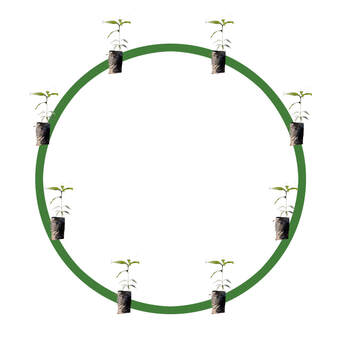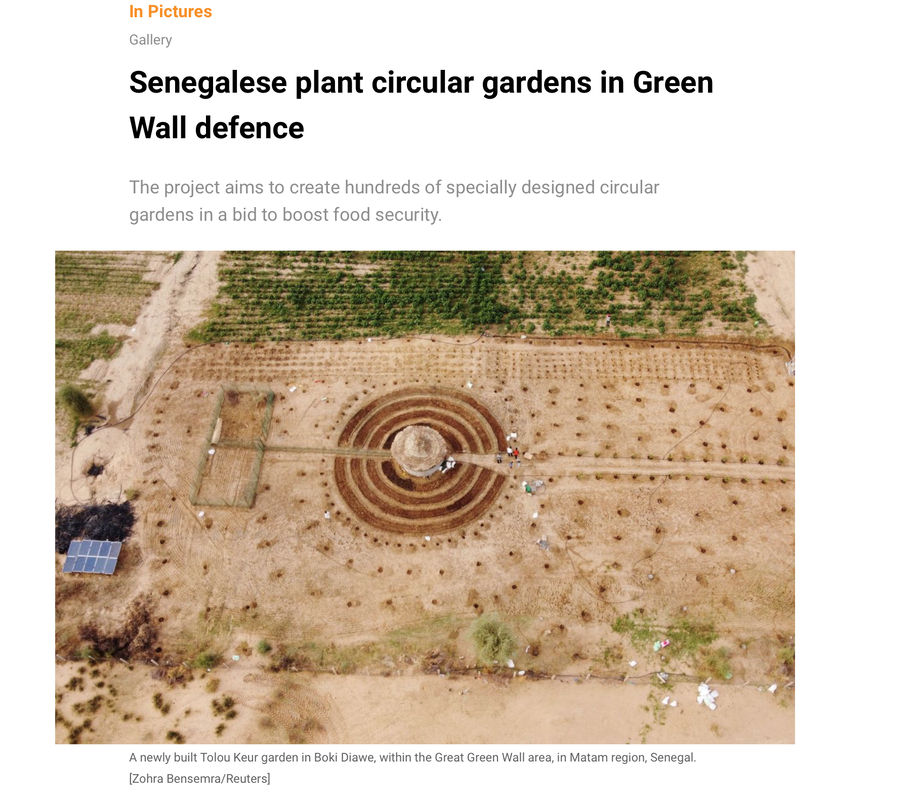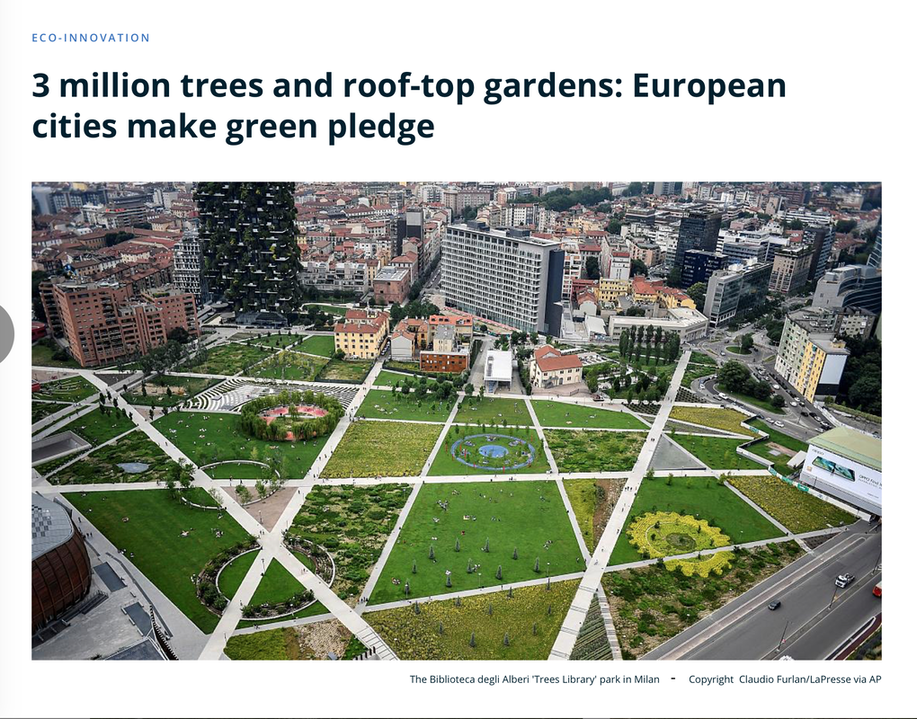
Oromo Tree Circle
The Oromo people are part of a large minority African Muslim and indigenous group estimated at between 20-30 million people located predominately in Ethiopia with a small percentage also dwelling in the neighbouring border areas of Kenya.
The Oromo people continue to share their wisdoms and to speak their language despite government hardships in order to preserve their own ecological knowledge in how to tend to both land and the management of their own people. The greatest concern for the Oromo is about finding balance across their own governance systems, people, and the environment. Living in harmony is important to the Oromo and the seasons, animals and flora are all well observed and celebrated through proverbs, myths, and/or festivals.
The Tree Circle is a special symbol to this project.
It coincides with an Oromo outlook on the Earth and time. Time is not linear in Oromo culture, it is circular and it rotates like the Earth in its own orbit. The same is true of Oromo law, Gada.
The Oromo people are part of a large minority African Muslim and indigenous group estimated at between 20-30 million people located predominately in Ethiopia with a small percentage also dwelling in the neighbouring border areas of Kenya.
The Oromo people continue to share their wisdoms and to speak their language despite government hardships in order to preserve their own ecological knowledge in how to tend to both land and the management of their own people. The greatest concern for the Oromo is about finding balance across their own governance systems, people, and the environment. Living in harmony is important to the Oromo and the seasons, animals and flora are all well observed and celebrated through proverbs, myths, and/or festivals.
The Tree Circle is a special symbol to this project.
It coincides with an Oromo outlook on the Earth and time. Time is not linear in Oromo culture, it is circular and it rotates like the Earth in its own orbit. The same is true of Oromo law, Gada.


